Buying a t-shirt? Read this exhaustive guide on how and what to look for the quality of t-shirts

Posted by Brian Roberts on
A T-shirt is a staple clothing item for people of all genders, ages, and professions. Being one of the classic wardrobe pieces, you don’t want to end up with a t-shirt of substandard quality or one that would lose its sharpness and/or shape over time. And a high-quality t-shirt demands high-quality t-shirt printing.
Are you also someone who often finds themselves struggling with how to get their hands on a quality piece? Do you often find yourself baffled by the levy of options to choose from and look out for? If yes, then this guide is going to be a blessing in disguise for you. Over the entire length of this extensive guide, we’ll share tips on:
- Best materials for t-shirts and various t-shirt printing methods
- Checklist of quality parameters to consider when buying a t-shirt
That’s it!
Yes, you just need to know these two things to invest time and money in a t-shirt.
Let’s get started with a bang!
The three most important variables that affect the quality and durability of a customized t-shirt are:
- The fabric used
- Specific printing and customization method applied, and
- Lastly, which garment and production fit best to your printing needs
- Fabric being used
Natural fibers tend to age better than synthetic fibers, so businesses adopting 100% cotton for their t-shirt manufacturing will experience better quality and long-term durability. But not all kinds of cotton are created the same way. Real cotton fabric will be soft and firm, instead of being heavy and thick.
High-standard quality has nothing to do with weight and thickness, instead, it’s determined by the softness and density. Synthetic or poly-blend fabrics are also not that bad. But over time, crappy quality synthetic or poly-blend fabrics lose their shape, sharpness, and quality.
- Printing and customization techniques used
- Screen printing: This is rather one of the most simple and easy-to-implement printing techniques for bulk orders. A mesh screen made of nylon holds a pencil above a cloth for the dye to be absorbed by a cloth beneath.
- Direct to Garments (DTG): DTG is similar to an office or home-based printer. But is for clothes and is best suited for complex designs, with multiple colors, which is difficult with screen printing.
- Vinyl cutting: A special soft clothing is being cut into shapes/ designs, which is transferred to a shirt using heat gives it an edge for printing sportswear, slogans, or small graphics.
- Embroidery: Embroidery is all about the art of working with needles and the pace of needling. A good embroidered piece won’t have any holes or “fuzzies.”
How to check for a high-quality t-shirt printing and material?
Fabric: Fabric is the most basic yet crucial component that drives the apt quality of a t-shirt, especially its weaving. Weaving determines if the fabric will last long or not.
Loose and fragile fibers have a high tendency of wearing out rather quickly than those with tight weaves. Consider the below pointers when checking the quality of the fabric of a t-shirt:
- Check the label
Many manufacturers either indicate the material used or put up a label to indicate threads used to make the fabric. Vouch on that to expose the quality of the fabric.
- Touch the fabric
A high-quality printed t-shirt will feel firm and soft as opposed to a low-quality one. Whether a lighter or a darker garment, evenly distributed ink will not only look good but will also feel thicker, though not too much. And by general rule, screen printed colors always look great.
- Hold it up and stretch
If holding it up and extending under light makes the t-shirt look more transparent, then the quality is pretty questionable.
- Ultimate wrinkle test
A substandard quality t-shirt will produce more wrinkles when squeezed, while a good quality one will have pretty few crimples. Account for the same when touching the fabric.
Tailoring: Stitching, threads, and the entire tailoring process determine if the t-shirt will hold its shape or not. Check for the below pointers when analyzing tailoring quality.
- Stitches
Don’t be overboard by the outside of the t-shirt only. Instead, turn the t-shirt inside out and check for a flat seam that is straight and neatly done. If the threads are tight and on pulling the seams from each side, the threads hold themselves firmly, then it is a high-quality t-shirt printing example. Also, the stitches must be of the same color unless intended for the design.
- Hems
If the t-shirt doesn’t have a hem at all, then it’s a poor quality one. Even if the hem is not straight and well-stitched, or is wavy and crooked, it’s not up to the mark. Else the hems on the sleeves and at the bottom of the t-shirt will be of good quality.
Print and color saturation: Prints and colors give the t-shirt a look and appeal one expects. For determining if the quality of both is standardized, keep a tab of below points;
- Check for uniformity of color across the main body and sleeves. If there’s no shift between tones, unless expected, then it’s a thumbs up!
- Stretch the cloth where the print is and see for any cracks, peelings, etc. If nothing of this sort happens, then the print and the color will last longer.
- Look for any loosened threads inside and outside.
- Check for protective fabric over the artwork on the inside.
For breathability and washing/caring: Examine the fabric for thickness, softness, and density in cotton garments. While also looking for quick-drying capability and moisture-wicking property in the synthetic garments. Besides this, check that the print doesn't block the breathability of the fabric in itself.
So you see, there’s a lot that goes behind quality check and assessment when choosing a t-shirt. Logoup has got a collection of customized printed t-shirts for you to choose from. Head over here for a variety of options to choose from!
Categories
Recent Posts
- The Best Custom Polos for Workwear and Events
- The Most Popular Custom Hats for Every Occasion
- Why Choose a Mesh Back Hat?
- Exploring Backstrap Options: The Benefits and Drawbacks of Popular Hat Closures
- The Perfect Pair: Branded Bills Hats for Embroidery
- Trendy Camo Hats for the Outdoors: Customize the Richardson 111P with LogoUp
- The Ultimate Guide to Customizing the Richardson 320 Washed Chino Hat with Embroidery
- Embroidery on the Otto Cap 39-165: High-Performance Customization for Every Occasion
- LogoUp Holiday Gifts: Embroidered and DTF-Decorated Richardson 112, 112PFP, and 112PM
- Gifting LogoUp Custom Campfire Mugs: Thoughtful, Versatile, and Personalized











































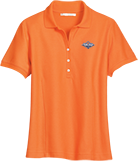
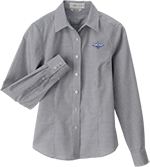

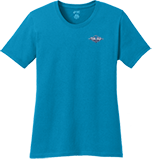


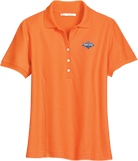



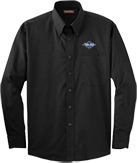
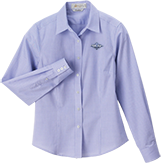




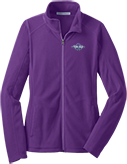
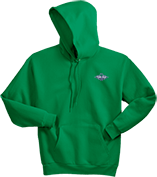

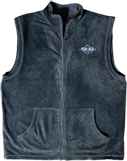
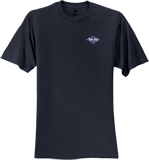

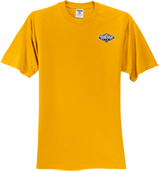

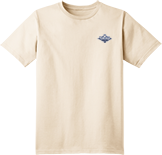











Add Comment